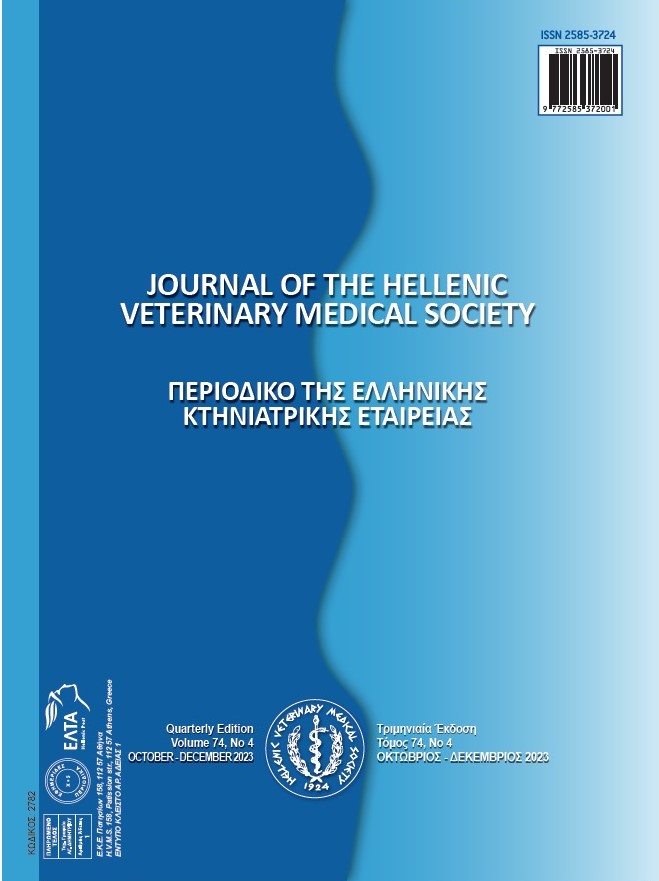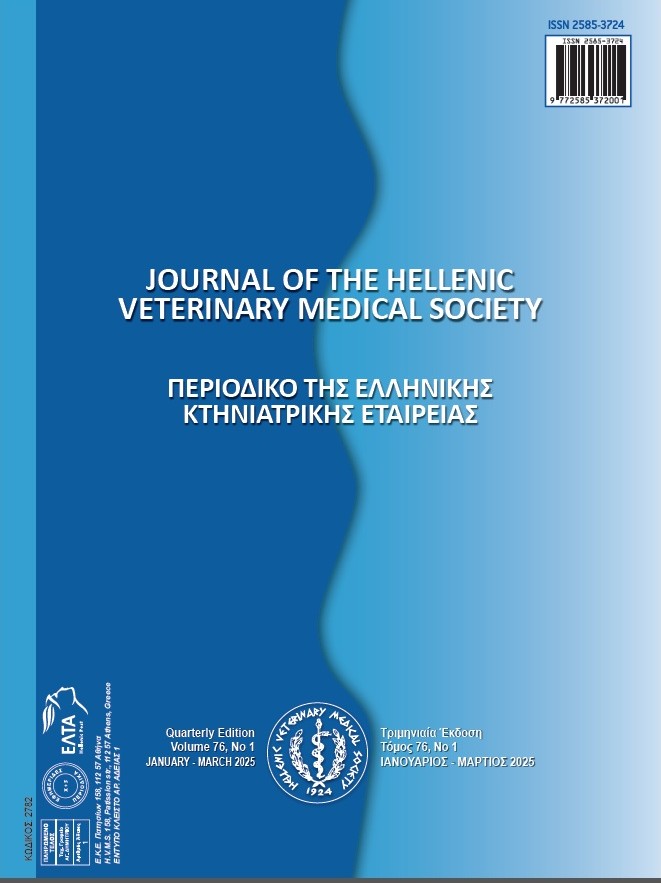Abnormal twins: dog and cat

Abstract
A survey of congenital malformations in dog and cat relating to their abnormal embryonic twinning was carried out. According to the degree, sites and angle of fusion, they have various external variation and are classified as free asymmetric, conjoined symmetric or asymmetric twins and unequal conjoined twins (heteropagus or parasitic twins). This manuscript aims to describe and summarize these defects. Among the recorded duplications in dog, a number of common defects relates to cephalothoracopagus phenotype whereas some cases of caudal duplication or parasitic twins have been surveyed. Among the recorded publications in cat, a number of craniofacial duplications have been encountered, whereas, some cases of thoracopagus phenotype have also been described. The pathogenetic mechanisms of this condition, reported in veterinary practice, are discussed. The importance in clinical practice lies in the fact that abnormal embryonic twinning is commonly associated with dystocia. Treatment of the diseased animals is also of veterinary practice consideration. The manuscript finally introduces a framework of an essential national registry for the malformed companion animals.
Article Details
- How to Cite
-
Pourlis, A., & Tsingotjidou, A. (2024). Abnormal twins: dog and cat. Journal of the Hellenic Veterinary Medical Society, 74(4), 6305–6316. https://doi.org/10.12681/jhvms.35089
- Issue
- Vol. 74 No. 4 (2023)
- Section
- Review Articles

This work is licensed under a Creative Commons Attribution-NonCommercial 4.0 International License.
Authors who publish with this journal agree to the following terms:
· Authors retain copyright and grant the journal right of first publication with the work simultaneously licensed under a Creative Commons Attribution Non-Commercial License that allows others to share the work with an acknowledgement of the work's authorship and initial publication in this journal.
· Authors are able to enter into separate, additional contractual arrangements for the non-exclusive distribution of the journal's published version of the work (e.g. post it to an institutional repository or publish it in a book), with an acknowledgement of its initial publication in this journal.
· Authors are permitted and encouraged to post their work online (preferably in institutional repositories or on their website) prior to and during the submission process, as it can lead to productive exchanges, as well as earlier and greater citation of published work.



